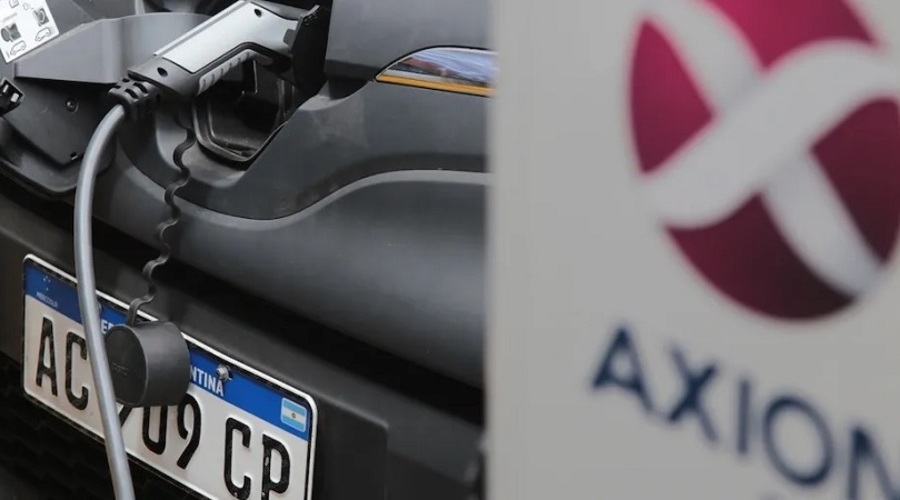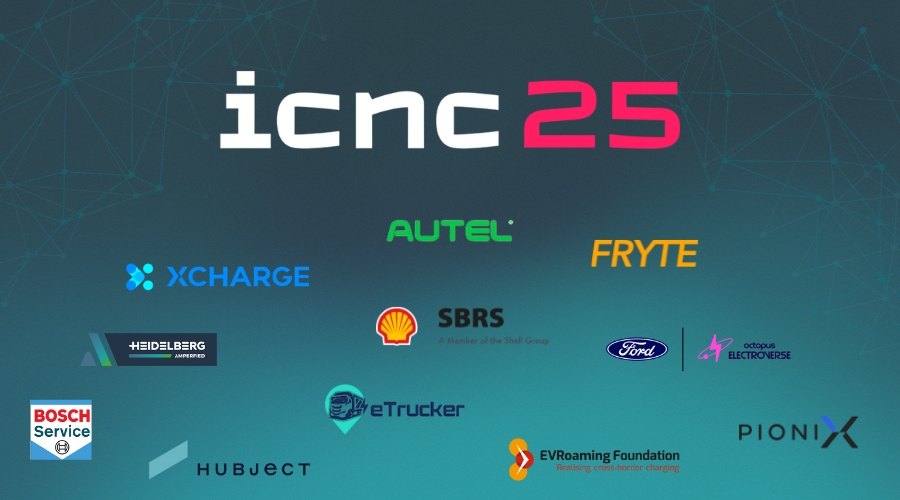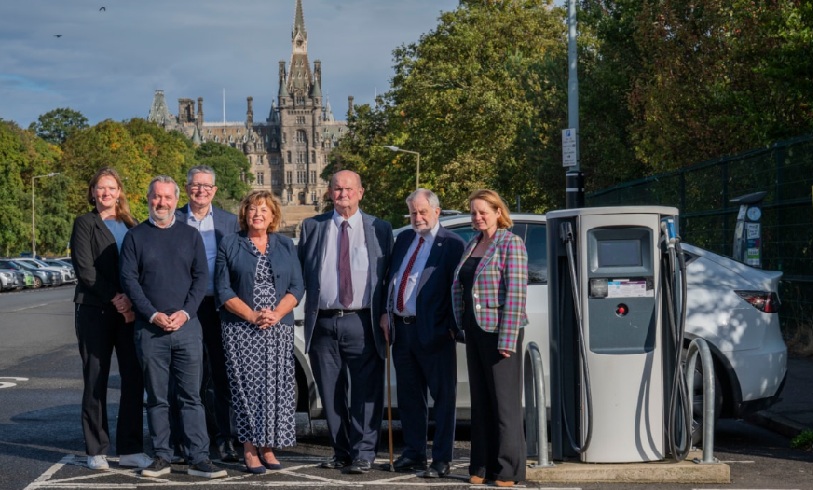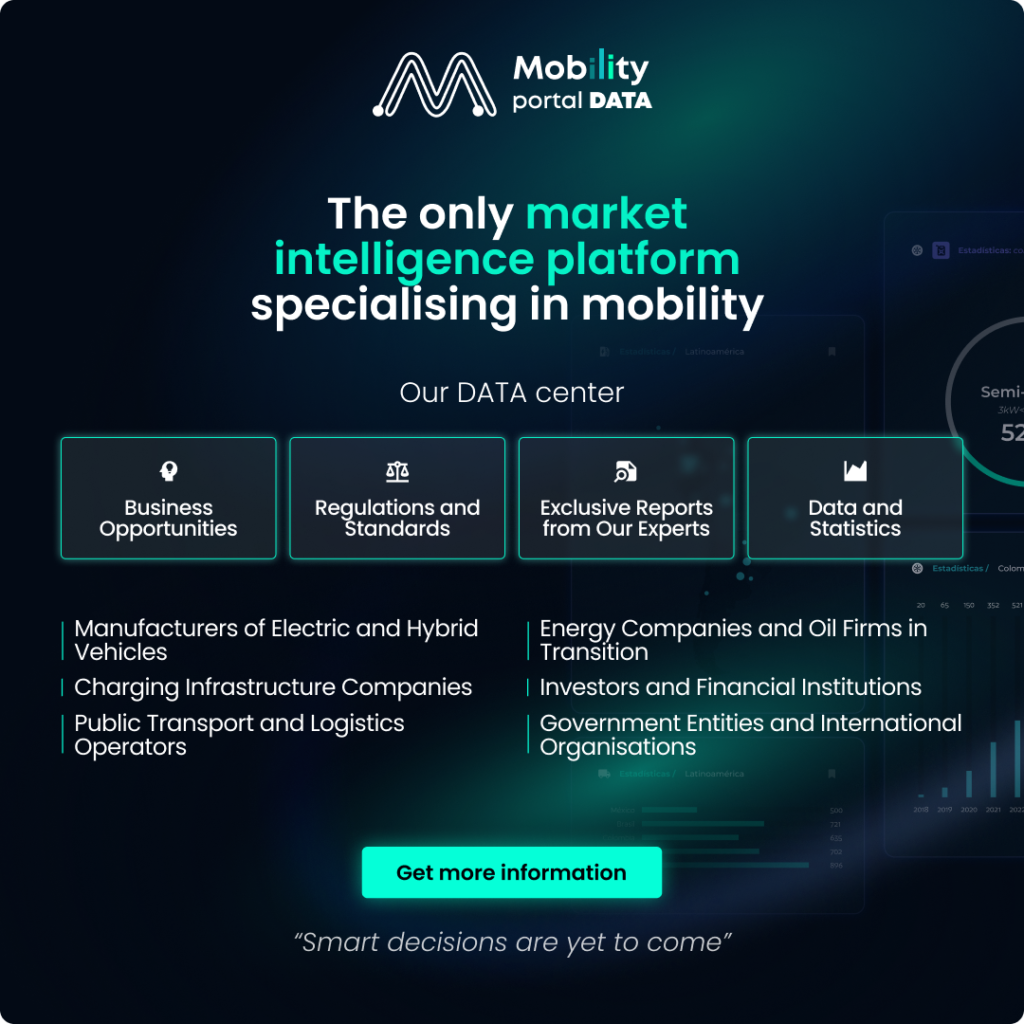Argentina managed to double sales of electrified vehicles in 2024, reaching a historic record of 14,175 units registered between January and December.
But while dealerships celebrate, one figure has raised concern across the sustainable mobility ecosystem: between 2021 and 2024, just 364 public access chargers were recorded across the country.
This points to a worrying ratio: there is only one charger available for every 39 electrified vehicles sold.
Most chargers are concentrated in large cities or along tourist corridors, such as the Buenos Aires–Mar del Plata route.
Meanwhile, much of the rest of the country remains an “electric desert“, lacking the infrastructure needed to support the promise of electromobility.
This imbalance acts as a silent barrier: fear of running out of power discourages many potential buyers, while those who have already made the switch must plan their journeys with extreme care.
While this could be seen as a virtual glass ceiling for the growth of electromobility in Argentina, it also presents a business opportunity.
Challenges in Expanding Charging Infrastructure
Rolling out a charging network is no easy task. The lack of economies of scale in the Argentine market drives up the cost of each installation.
Furthermore, limitations in the electricity grid—especially outside major urban centres—make it difficult to incorporate fast or ultra-fast chargers.
Added to this are bureaucratic hurdles: municipal permits, provincial approvals, and inconsistent technical requirements that slow down projects.
Without a coordinated public strategy, efforts become scattered across fragmented private initiatives.
Compared with international standards, the lag is striking.
While Europe has set a goal of one public charger for every ten electric vehicles by 2030, Argentina remains far below that target.
Existing Regulations: Missed Opportunities
The long-awaited Sustainable Mobility Promotion Bill has remained stalled in Congress since 2021.
This legislation could have established a clear regulatory framework for infrastructure deployment, stimulated private investment, and set common technical standards. Its absence is increasingly felt in a market craving predictability.
Meanwhile, Javier Milei’s government eliminated the National Charging Infrastructure Registry, which had been under the jurisdiction of the Energy Secretariat.
This move was seen by the private sector as a way to reduce red tape, but not as a genuine incentive or push for sustainable mobility.
Experts agree that without a specific regulatory framework, the growth of charging infrastructure will continue to depend on the goodwill of a few pioneers.
In addition, the lack of energy policies to strengthen grid capacity is likely to become the next major obstacle.
A Future in Limbo: Progress or Setback?
The doubling of electrified vehicle sales in 2024 confirms that there is rising interest, supply, and demand.
But without robust charging infrastructure, the dream of cleaner mobility risks becoming an unfulfilled promise.
The next decade will be critical. If Argentina manages to deploy a wide, accessible, and efficient network, it could position itself as a key player in the regional energy transition. If not, it may find itself stuck in a scenario of limited growth and wasted opportunities.
The equation is simple: without chargers, there is no electric future.
READ MORE
-
ICNC25: These are the E-Mobility innovations that shaped the event in Germany
With a record attendance of 8,500 industry specialists, the Intercharge Network Conference (ICNC25) proved to be a key meeting point where e-mobility companies unveiled new products and announced strategic partnerships.
-
Special depreciation scheme for EVs in Germany not restricted to new vehicles only
Although the wording of the law explicitly refers to “newly acquired vehicles”, some comments from politicians and the specialist press had suggested that the depreciation might apply only to brand-new vehicles that have never been registered before.
-
Scottish Government gives £6.3m to 8 councils to boost public charging infrastructure
The funding will support the installation of 1,770 additional public charging points. This is the final award from the Scottish Government’s £30m Electric Vehicle Infrastructure Fund.









